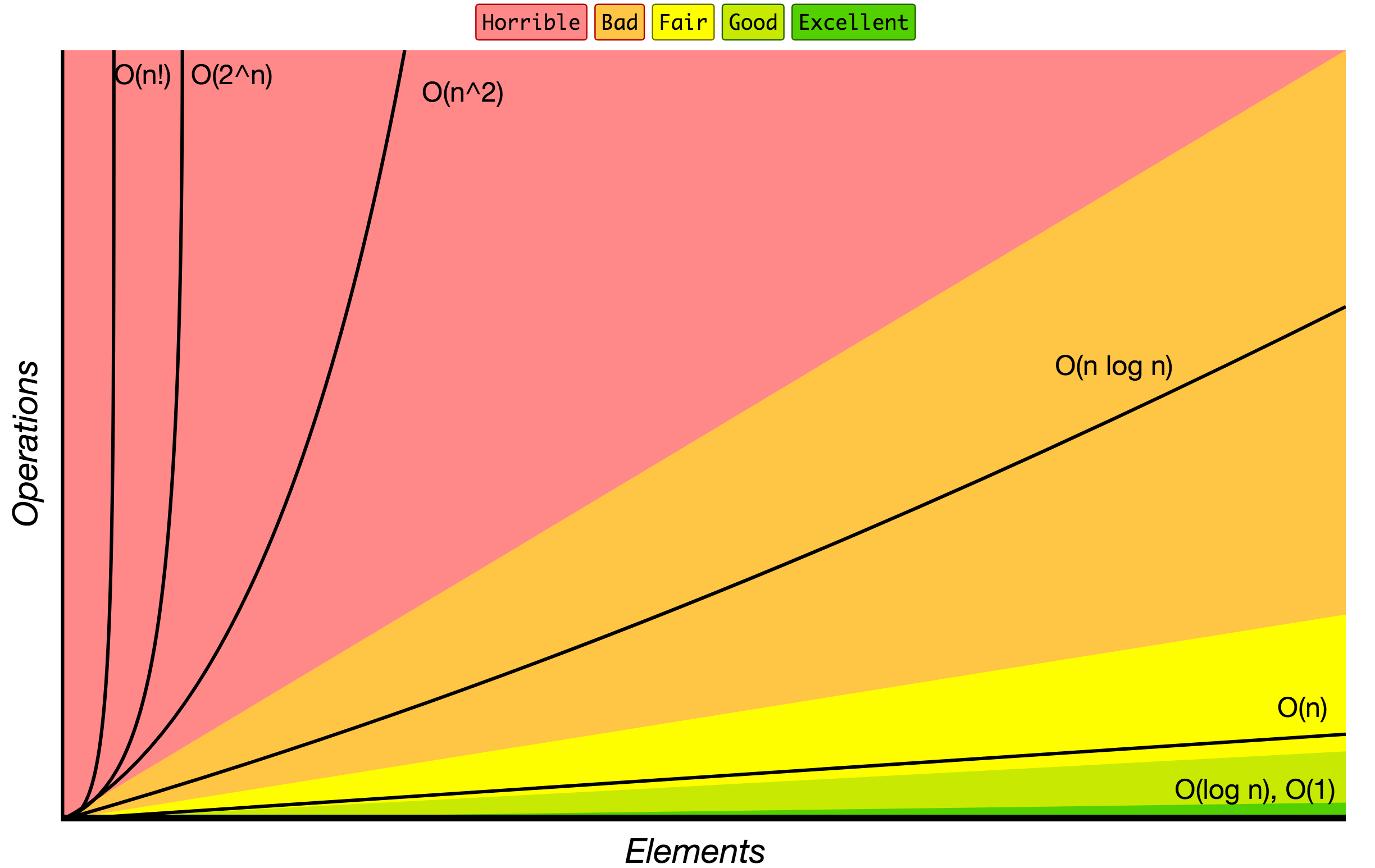This repository contains Python based examples of many data structures and algorithms.
This is the main reference for my YouTube Channel, 2001 Engenharia in PT-BR
▶ Estrutura de Dados e Algoritmos em Python
Each algorithm and data structure has its own separate README with related explanations and links for further reading.
In computer science, a data structure is a data organization, management, and storage format that enables efficient access and modification. More precisely, a data structure is a collection of data values, the relationships among them, and the functions or operations that can be applied to the data.
Data structures are the building block for Computer Science and Software Engineering.
B - Beginner, A - Advanced
BLinked ListBDoubly Linked ListBArrayBQueueBStackBHash TableBPriority QueueBDictionariesATrieATreeAGraphADisjoint SetABloom Filter
In computer science Recursion is a technique for solving problems where the solution to a particular problem depends on the solution to a smaller instance of the same problem.
B - Beginner, A - Advanced
In mathematics and computer science, an algorithm is a finite sequence of well-defined, computer-implementable instructions, typically to solve a class of problems or to perform a computation. Algorithms are always unambiguous and are used as specifications for performing calculations, data processing, automated reasoning, and other tasks.
Big O notation is used to classify algorithms according to how their running time or space requirements grow as the input size grows. On the chart below you may find most common orders of growth of algorithms specified in Big O notation.
Source: Big O Cheat Sheet.
Below is the list of some of the most used Big O notations and their performance comparisons against different sizes of the input data.
| Big O Notation | Computations for 10 elements | Computations for 100 elements | Computations for 1000 elements |
|---|---|---|---|
| O(1) | 1 | 1 | 1 |
| O(log n) | 3 | 6 | 9 |
| O(n) | 10 | 100 | 1000 |
| O(n log n) | 30 | 600 | 9000 |
| O(n2 ) | 100 | 10000 | 1000000 |
| O(2n ) | 1024 | 1.26e+29 | 1.07e+301 |
| O(n!) | 3628800 | 9.3e+157 | 4.02e+2567 |
| Data Structure | Access | Search | Insertion | Deletion | Comments |
|---|---|---|---|---|---|
| Array | 1 | n | n | n | |
| Stack | n | n | 1 | 1 | |
| Queue | n | n | 1 | 1 | |
| Linked List | n | n | 1 | n | |
| Hash Table | - | n | n | n | In case of perfect hash function costs would be O(1) |
| Binary Search Tree | n | n | n | n | In case of balanced tree costs would be O(log(n)) |
| B-Tree | log(n) | log(n) | log(n) | log(n) | |
| Red-Black Tree | log(n) | log(n) | log(n) | log(n) | |
| AVL Tree | log(n) | log(n) | log(n) | log(n) | |
| Bloom Filter | - | 1 | 1 | - | False positives are possible while searching |
| Name | Best | Average | Worst | Memory | Stable | Comments |
|---|---|---|---|---|---|---|
| Bubble sort | n | n2 | n2 | 1 | Yes | |
| Insertion sort | n | n2 | n2 | 1 | Yes | |
| Selection sort | n2 | n2 | n2 | 1 | No | |
| Heap sort | n log(n) | n log(n) | n log(n) | 1 | No | |
| Merge sort | n log(n) | n log(n) | n log(n) | n | Yes | |
| Quick sort | n log(n) | n log(n) | n2 | log(n) | No | Quicksort is usually done in-place with O(log(n)) stack space |
| Shell sort | n log(n) | depends on gap sequence | n (log(n))2 | 1 | No | |
| Counting sort | n + r | n + r | n + r | n + r | Yes | r - biggest number in array |
| Radix sort | n * k | n * k | n * k | n + k | Yes | k - length of longest key |
This project was based on
